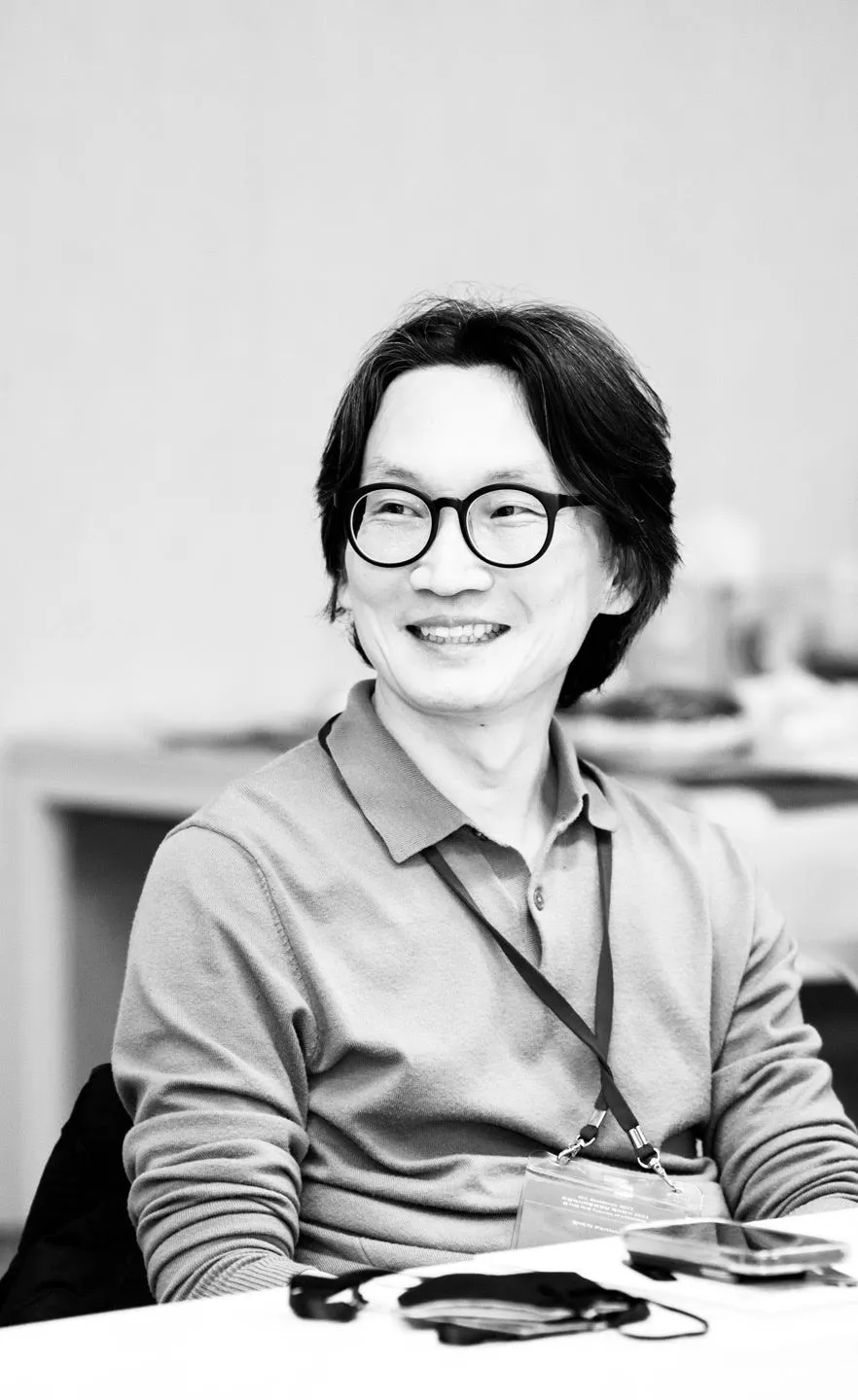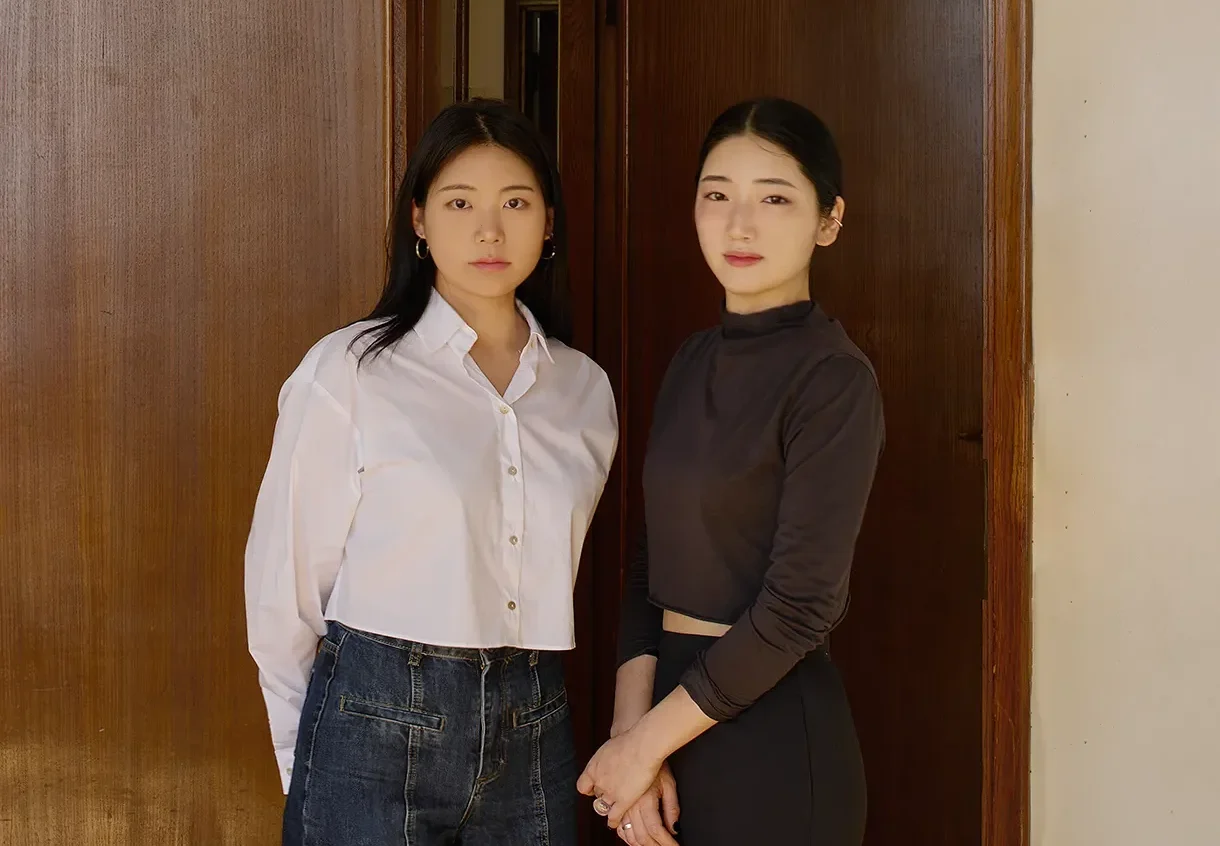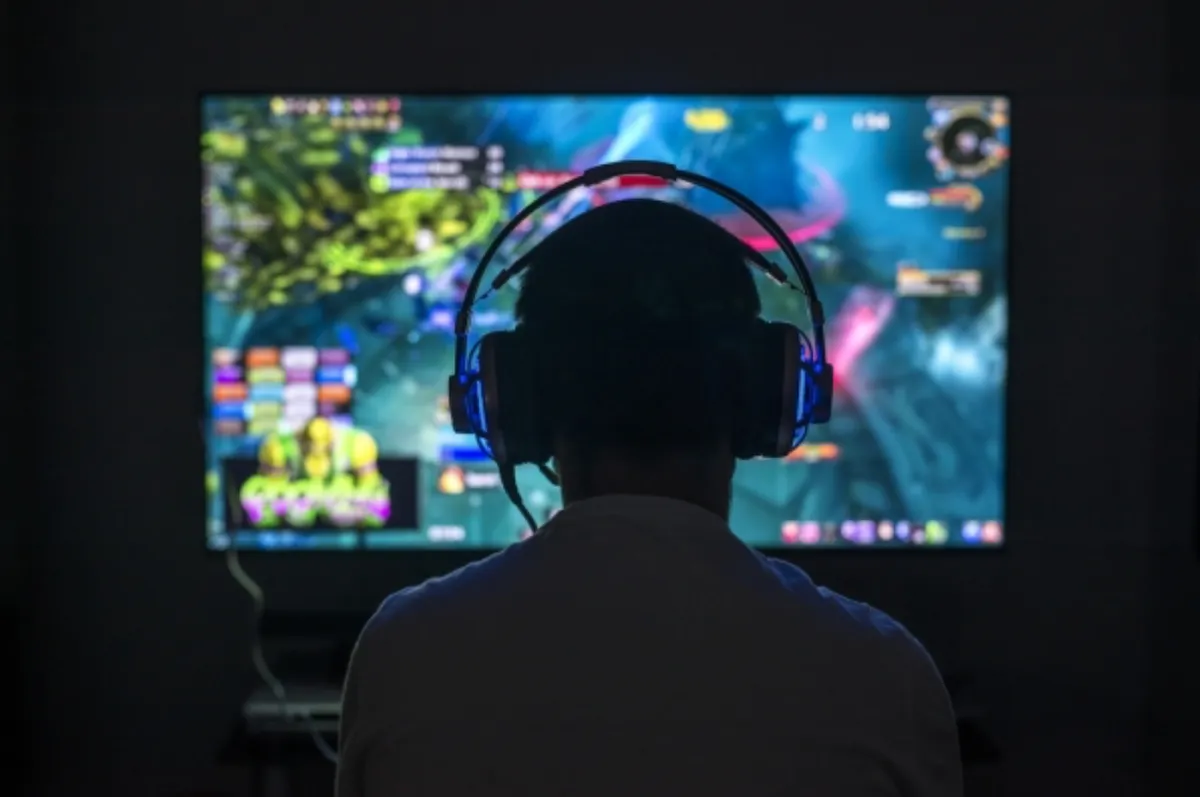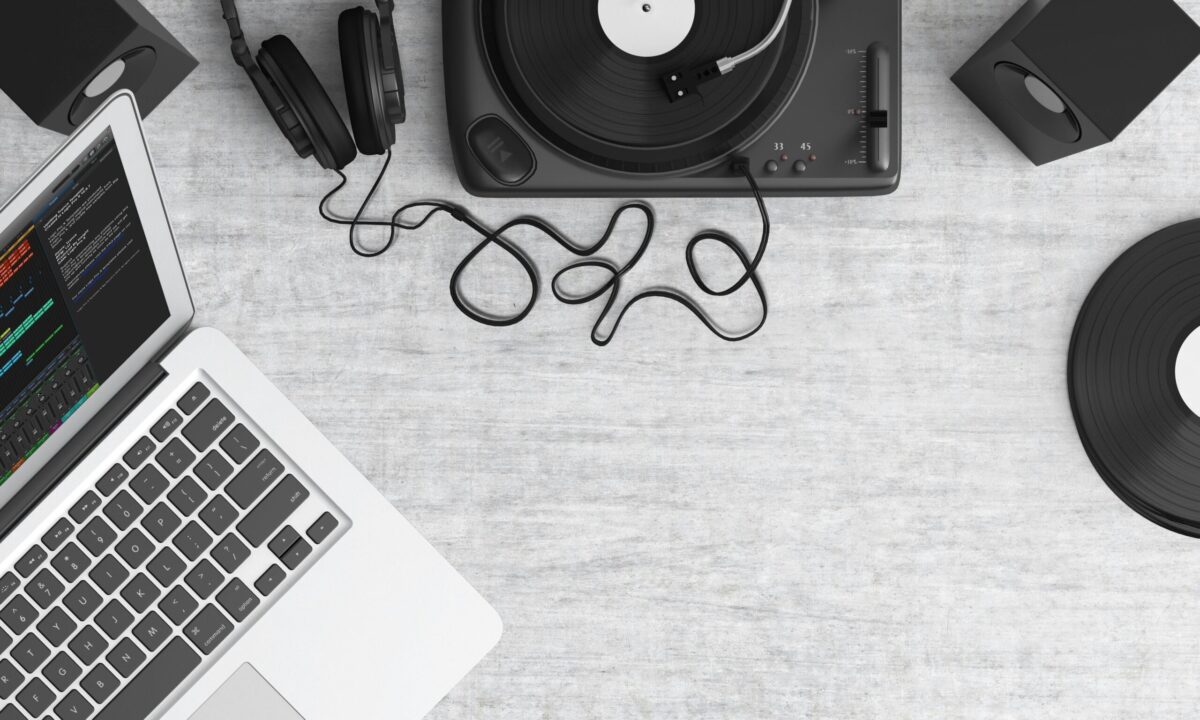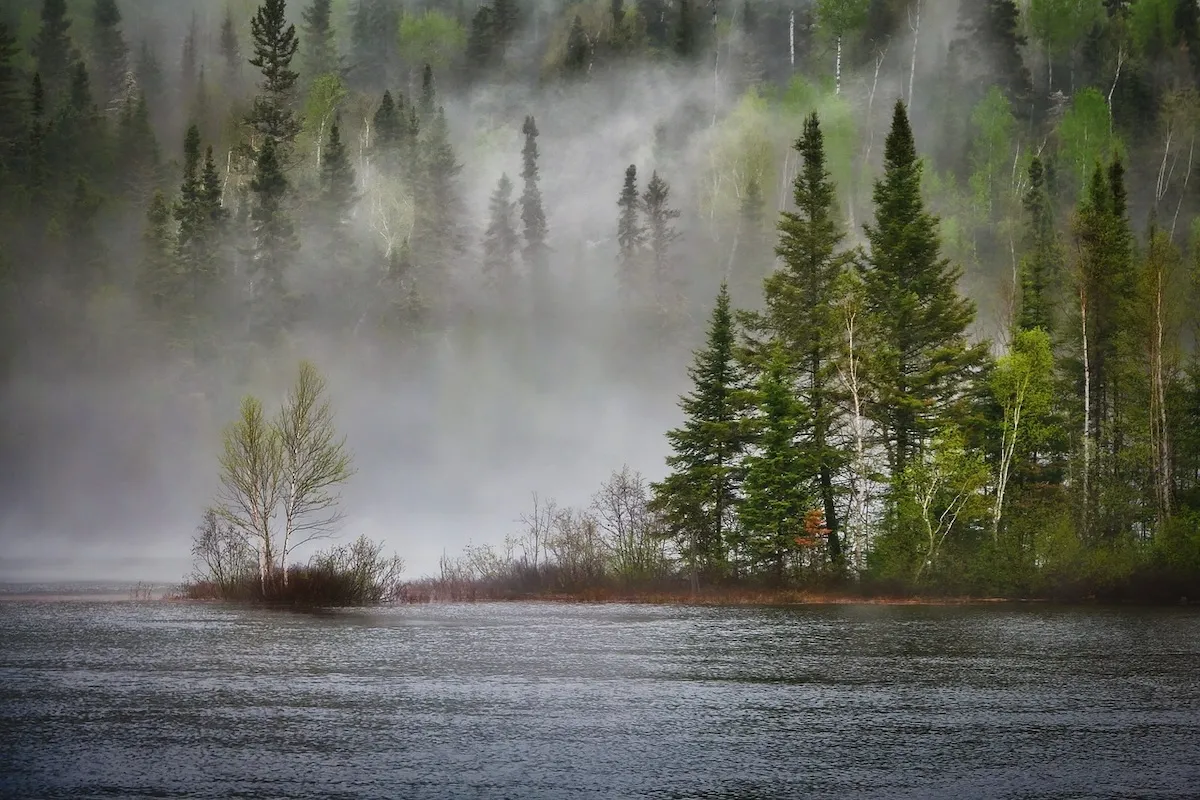| [Issue]introduces the future direction of art education that the Art Collider Lab (hereinafter referred to as AC Lab) at the Convergence Arts Center seeks to pursue through the educational programs it has planned and operated. This article is based on the contemporary discourses explored in the 2024 “Connected Week: Open Access School” lecture program, which focused on the theme of “Commons.” Through video and written records, it documents the key discussions from the sessions. Open Access School was a small-group lecture series designed to break down boundaries, bringing together students, industry professionals, and individuals from various fields to share ideas, experiences, and inspiration. Discover the discussions and insights exchanged during these sessions. |
| Session 4_Ecology and Artistic Perspective
The fourth session of the Open Access School focused on the theme of “Ecology and Artistic Perspective.” Why is it important to create art from an ecological perspective, or to connect artistic work with ecological issues? As the climate crisis becomes increasingly evident and deepens, environmental issues have become a global concern. While terms such as ‘environmental’ or ‘eco-friendly’ are familiar in our daily lives when thinking about environmental issues, the word “ecology” can sometimes feel unfamiliar. What kind of interaction can be created when ecological awareness is applied as both a methodology and a key concept in art?
The first speaker, artist Jun Kim, presented his soundscape work, which encourages us to recognize ecological issues and think about the influences exchanged between ourselves, nature, and other living beings in a specific space. His work particularly prompts reflection on human actions in the ecosystem, especially in the context of the Anthropocene crisis within 21st-century capitalist society. The second lecture also continued with a similar theme, providing insights into the design philosophy of “WKND Lab”. WKND Lab’s design methodology incorporates both the scientific and social characteristics of objects, considering them in their work. By viewing objects once considered useless from a different perspective, they transform them into completely new pieces. They also integrate these characteristics into their design process. In this article, we’ll explore how these two speakers connect ecology and life through art.
| Mapping the Invisible Interactions
Jun Kim’s soundscape work focuses on things that may not be visible or audible in the ecosystem spaces we inhabit, yet are commonly present around us. For example, one can think about “sound” in relation to space. When we remember that soundscape translates to “the landscape of sound” in Korean, we realize that some spaces include a vast array of sounds. Of course, we don’t perceive all of these sounds in our daily lives, and some sounds are beyond the human hearing range, making them inaudible to us. Nevertheless, these sounds not only reveal the characteristics of the space they belong to from a different perspective, but they also have an impact on us, whether we are aware of them or not. Here, “landscaping or mapping the invisible interactions” implies bringing to light the interactions in a visual or perceptible way that we wouldn’t usually recognize or engage with.
This method of soundscape work is strongly characterized as site-specific art. It involves selecting a particular location, researching the ecological environment of that place, and capturing and documenting it through various media. An example of Jun Kim’s first soundscape work is <Feedback Field>(2012), which focused on the site of the former Tempelhof Airport in Berlin, Germany. The area is now used as a park and camping ground, appearing to be a peaceful space made of grasslands. However, from the perspective of electromagnetic fields, which are invisible to the human eye, the radar systems from its past as a military base are still in operation, and this was recorded using electromagnetic fields. These hidden sounds exist in the spaces we inhabit. In this regard, Jun Kim captures the interactions between sound and space through his soundscape works and makes visible the invisible relationships. Therefore, Jun Kim states that he primarily focuses on those things in our ecological spaces that are invisible or inaudible but are commonly present, using them as artistic subjects.
| Design that Reveals the ‘Invisible’
WKND Lab is a design studio focused on finding ways to make “invisible and overlooked things” visible. With the idea of transforming what is often unnoticed into the defining feature of a design, they first select materials and then identify the scientific or social characteristics that best suit them to inform the design. For example, one of WKND Lab’s works, the OYGG Series, utilizes eggshells. Eggs, aside from being a food item, are also used in cosmetics and pharmaceuticals. Using the eggshells that result from this process, they designed objects. The eggshell, composed of calcium carbonate, is resistant to water and has a hardness similar to plaster, and the design was created while preserving the shape and lines inherent in the eggshell.
Another project involves creating the work <Paper Stratum>(2023) in collaboration with Harper’s Bazaar magazine, where they collected discarded magazines and applied new design techniques. The work <Paper Stratum> is made by gathering discarded magazines, laser cutting them, and then stacking and applying lacquer to them. What is particularly striking about this object is that it serves as a vase that can plant new trees.
WKND Lab enjoys unraveling the stories embedded in materials and infusing them with new value through their work. These projects often stem from research activities. For example, while working on creating bio-plastics from milk proteins, they explore why the bio-plastic market has been undervalued and overlooked, and consider potential alternatives.
The unique process behind the creation of WKND Lab’s designs plays an important role in their work. While design typically involves choosing shapes and forms first, followed by textures and materials that match them, WKND Lab begins by selecting socially meaningful and valuable materials. Through the process of exploring these materials, they then decide on the appropriate textures and design. In other words, the content of the design starts from the point where the material is situated.
If we were to find a common thread between artist Jun Kim and WKND Lab, it would be their work of making the invisible visible. Capitalist norms tend to render only certain things visible within the market’s values and the dynamics of power relations. Discovering and shedding light on what is normatively invisible, yet embedded in our daily lives, might offer a perspective through which we can view the world we inhabit. With this thought in mind, I conclude the writing.
/ written by Gian Kim (Korea National University of Arts)
